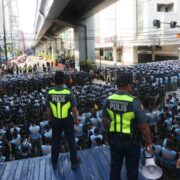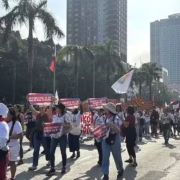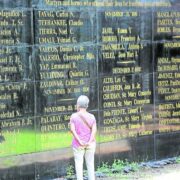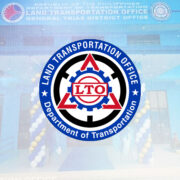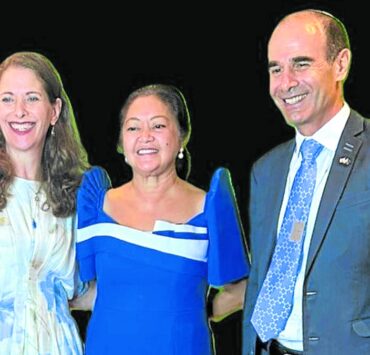Ambeth Ocampo’s album rewrites Eiffel in PH
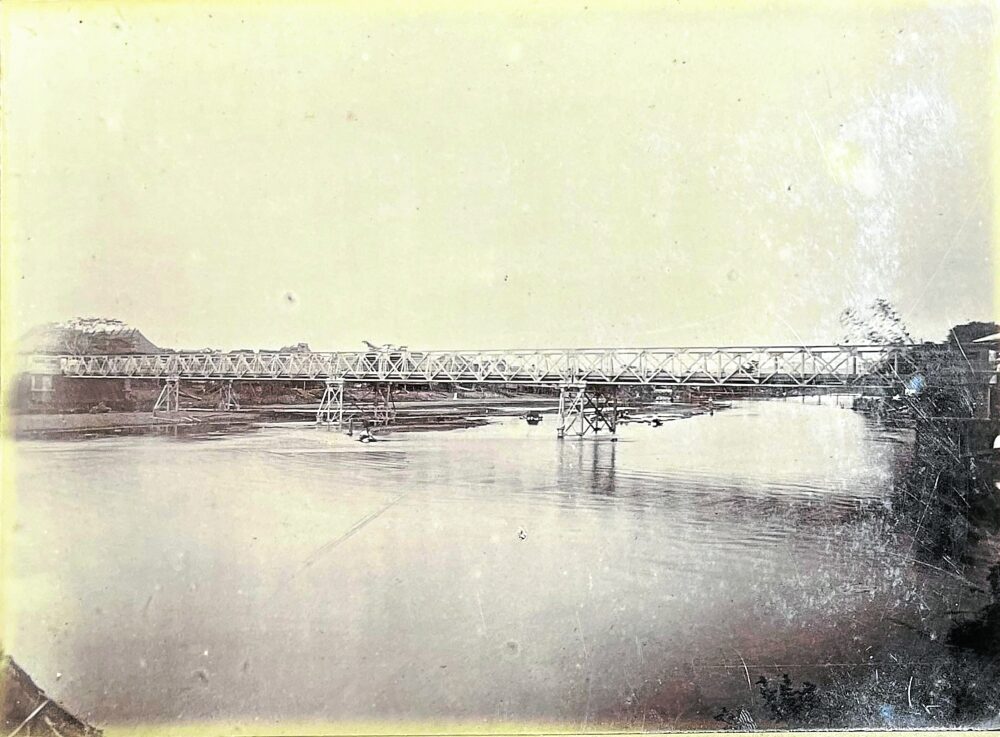
For years, there was a lingering speculation that Gustave Eiffel, of the famed Eiffel Tower in Paris, France, also designed the San Sebastian Church in Quiapo, Manila.
For a while, that supposition was accepted by many as a fact but has been debunked in recent years by experts like Tina Paterno, then of the San Sebastian Basilica Conservation and Development Foundation Inc., who researched on the matter.
Then enter historian Ros Costelo of the University of the Philippines, whose expertise is the study on Spanish-era structures, particularly of the 19th century.
Her study ensures and sheds light on the true “Eiffels” in the country, which are mostly public works.
For certain, Eiffel did not design the San Sebastian Church, but had a link to the Philippines through his company in Saigon (now Ho Chi Minh City) in Vietnam, a French colony at that time.
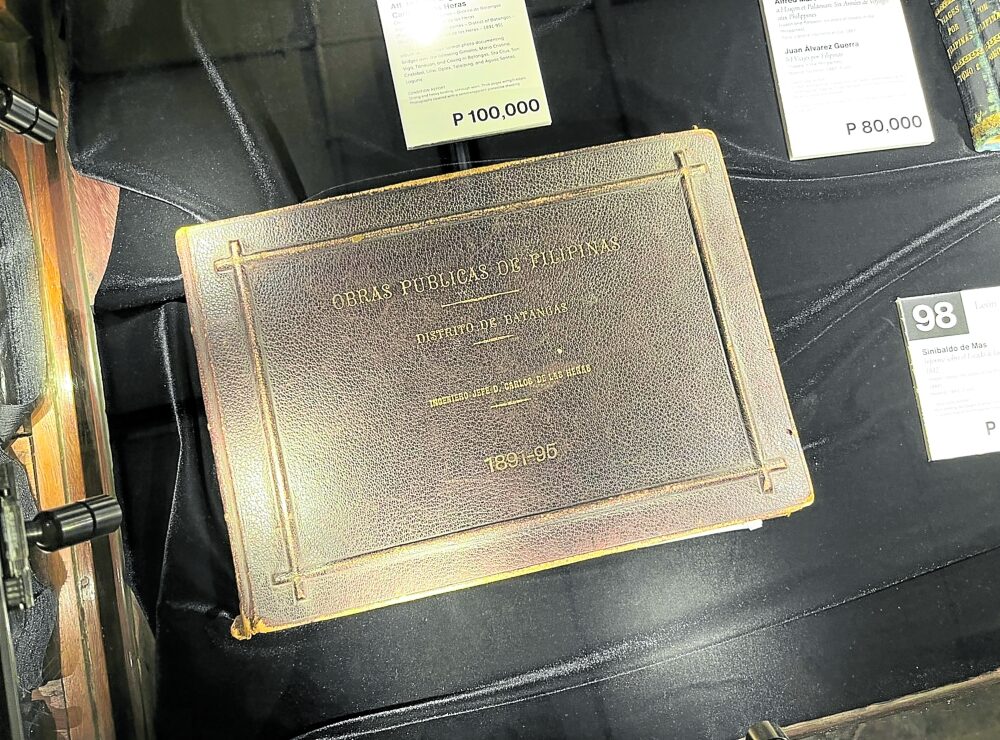
Steel bridges
Later called Compagnie des Establissements Eiffel, this company provided the design and materials for the steel bridges in the country such as in the areas of Laguna and Batangas in the 1890s, just before the revolution against Spain.
In an essay contributed by Costelo in the book, “Transforming the 19th Century Philippines” edited by Maria Dolores Elizalde and published in Spain in 2022, she wrote that the prefabricated steel bridges were recommended by the colonial public works Batangas district chief engineer Jose Garcia Moron.
“Prefabrication, considered a 19th-century advancement in building technology because it allowed for faster construction and uniformity in design, was also utilized in the Philippines, especially in the construction of bridges,” she notes.
The parts came from the Saigon branch of Eiffel’s company and were built in the Philippines using the “Eiffel system.”
Among those bridges were the ones built spanning the San Cristobal River in Calamba and one spanning the Santa Cruz River in Santa Cruz, both in Laguna.

The former is a single-span steel-truss bridge, while the latter is longer, with four spans. The one on San Cristobal River was somewhere in Calamba or between Calamba and Cabuyao, while that of Santa Cruz was near its market. Both are no longer extant, with the latter one lost in recent years due to a typhoon.
These bridges had abutments made from adobe.
Ocampo’s collection
The tangible evidence of these bridges are contained in an album of large format photographs, a collection of historian and Inquirer columnist Ambeth Ocampo.
The album, “Obras Publicas de Filipinas: Distrito de Batangas” containing the name of the chief engineer then, Carlos de las Heras and the years 1891 to 1895 was among the many important artifacts and ephemera owned by Ocampo which were part of The Spectacular Mid-Year Auction of Leon Gallery in Makati on June 7.
Apart from the aforementioned ones, other bridges that at least adopted the Eiffel system include those built in the towns of Nagcarlan and Liliw, both in Laguna.
Although not explicitly noted, it is also possible that the other bridges or some of the other bridges in the album were also built using the Eiffel system.
These are found in many Batangas towns such as Tanauan (now a city) and Balayan. However, these bridges are not entirely of western construction and techniques, as local knowledge was also applied.
Costelo notes that the “blueprints of public works show that the constructions were indeed also products of the engineers’ engagement with local building knowledge and indigenous materials.”
“For instance, engineers and architects documented, through their plans, the local knowledge on the strength, durability, and sustainability of wood and where to find other building materials such as lime, gravel, and stone, among others,” she notes.
Aside from bridges, another Eiffel influence in the country is the second San Ignacio Church in Intramuros, with at least the metal frameworks from Eiffel’s shop in Vietnam.


